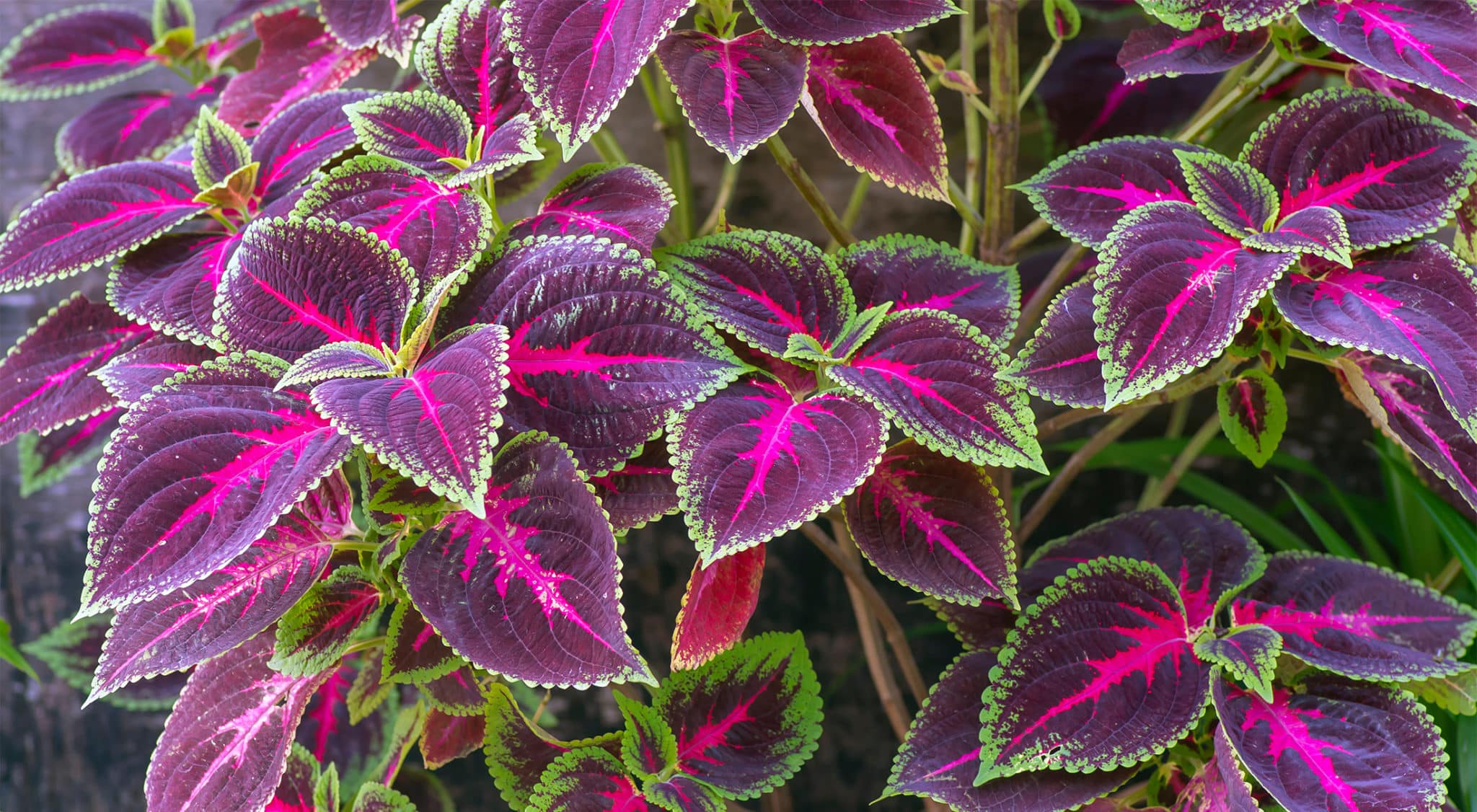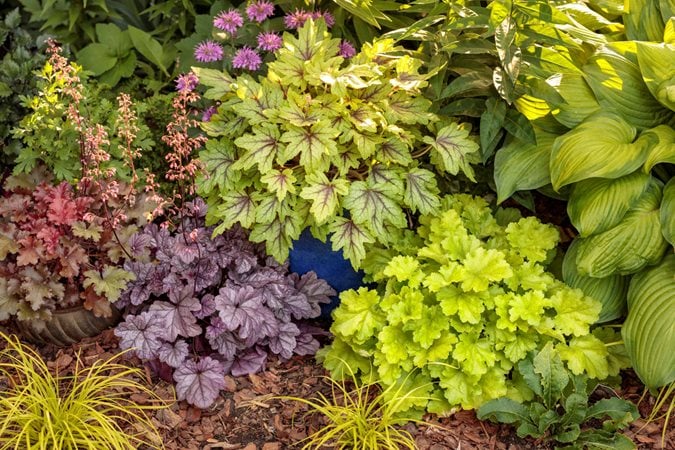Growing Foliage Plants: Lessons Learned and Tips from My Journey

If you’ve ever stared at a limp, brown-tipped leaf and wondered, “What on earth is happening to my plant?”—welcome to the club. Years ago, I was the proud owner of a single pothos that looked like it had gone twelve rounds with a hair dryer. Since then, after rescuing dozens (okay, hundreds) of sad foliage plants from bargain bins and panicking over every wrinkle or spot, I became obsessed with cracking the code: how do you troubleshoot any foliage plant problem—no matter how weird or alarming? This guide spills all my hard-earned secrets.

Forget vague rules about “bright indirect light” or “keep soil moist.” You’ll find practical, step-by-step triage for every scenario—from root rot to mystery pests to those maddening yellow leaves that seem to pop up just when things are going well. And yes, I’ll admit to every failed shortcut along the way (so you don’t make them). Ready? Let’s get your green collection thriving—and keep it that way.
The Ultimate Foliage Plant Troubleshooting Pillar (For Every Problem You’ll Ever Face)
Table of Contents
- Why Your Plant Is Struggling: The Real Reasons
- The Foolproof Symptom Decoder Table
- Root Problems: How to Diagnose & Fix From the Bottom Up
- Leaf Issues: Spots, Crisps & Discoloration Demystified
- Water Woes: Overwatered vs Underwatered (With Real Tests)
- Pest Invasions: Full Extermination Protocols
- Environmental Stress: Humidity, Light & Temperature Whiplash
- Advanced SOS Techniques for Rare or Sensitive Plants
- My Personal “Crash Diary”—Learning From Real Mistakes
- Ultimate Survival Toolkit: Pro Tools & Unexpected Helpers
- Rescue Roadmap: Step-by-Step Emergency Plan
Why Your Plant Is Struggling: The Real Reasons
It’s tempting to blame yourself (“I’m just not a plant person!”), but after years of troubleshooting everyone else’s greenery flops—and my own—I promise 99% comes down to four core issues:
- Roots suffocating (or starving) underground
Even if leaves look fine now—rot or dehydration usually starts at the bottom. - Light mismatch
Too much sun scorches; too little leads to limp growth reaching desperately for any beam. - Invisible microclimate stress
Dry air in January? Sudden heatwave in July? Both can tank a Calathea practically overnight. - Sneaky pests
Fungus gnats might annoy; spider mites will destroy if left unchecked.
One more hard truth most blogs skip: some problems overlap! For example—brown tips and wilting could mean low humidity AND root rot. Let’s make sure you know exactly what you’re dealing with.
The Foolproof Symptom Decoder Table
After journaling every sick plant I’ve nursed back to health since 2018 (yes, there’s a spreadsheet), here’s the diagnostic table that’s saved me hours and revived many an Alocasia:
| Symptom | Likely Cause | Test/Fix |
|---|---|---|
| Yellow lower leaves | Overwatering/root rot | Check roots/soil smell |
| Brown crisp edges | Low humidity/salt buildup | Rub edge—crunchy? Mist/test tap water |
| Curling leaves | Underwatering/cold drafts | Finger test soil/move from vent |
| Drooping but wet soil | Root rot/oxygen deprivation | Unpot/check roots/prune mushy |
| Wilting and bone-dry soil | Underwatering | Deep soak until out drain hole |
| Pale new growth | Nutrient deficiency/light lack | Fertilize/move closer window |
| Sticky residue/webbing | Pests (scale/spider mite) | Inspect stems/leaves; treat |
| Mushy stem base | Bacterial infection/overwatering | Remove affected/replant drier |
Quick field test: Sniff your plant close up! Sour/rotten = trouble below.
Root Problems: How to Diagnose & Fix From the Bottom Up
So often when someone sends me a photo of their droopy Dracaena or yellow-leafed Peperomia, I ask one question first:
When did you last unpot it and check the roots?
How To Check Roots—Without Killing Your Plant
- Water lightly first so roots slip out easier.
- Gently squeeze sides of pot and tip it over onto your palm.
- Carefully loosen soil and inspect:
- Healthy: White/tan roots; firm texture
- Unhealthy: Smelly black/brown mush; slimy feel
- With sterilized scissors (I use pharmacy alcohol pads), trim away ALL mushy sections.
- Rinse remaining healthy roots in room-temp water mixed with a drop of Hydrogen Peroxide (3%)—this oxygenates and helps kill pathogens.
What If Most Roots Are Gone?
Don’t panic! Cut back foliage by ~1/3 so remaining roots have less demand while they recover.
Real Story:
Back in May 2022, my prized Monstera ‘Thai Constellation’ arrived mail-order with only two sad strands left after transport rot—I cut everything soft off, potted what remained in pure perlite + sphagnum moss… Three months later? New roots shot out everywhere.
Leaf Issues: Spots, Crisps & Discoloration Demystified
Brown Tips or Edges
Usually means dry air—but don’t rule out fertilizer burn from heavy-handed feeding!
Counterintuitive Trick:
Try bottom-watering once a month—to flush built-up salts away from sensitive Calathea or Maranta leaves.
Yellow Leaves
Not always bad! Old lower leaves often age out naturally—but sudden widespread yellowing? Classic sign of soggy feet below.
Mysterious Spots Or Blotches
Look closely for tiny bugs under leaves (use your phone camera zoom!). If none found…
- Large irregular spots = cold water splashes on hot leaf surface;
- Tiny pinprick spots = early spider mite damage;
- Translucent patches = sunburn through window glass.
Case Example:
Last winter my Stromanthe got dark greasy splotches overnight—turns out my humidifier was blasting freezing mist directly on its warm leaf tips!

Water Woes: Overwatered vs Underwatered (With Real Tests)
Nothing derailed my confidence more as a beginner than being told both “it needs more water!” and “stop watering so much!” about the same wilting peace lily in one week.
Field-Test Methods
The Chopstick Trick
Jam an old wooden chopstick deep into soil for five seconds; pull it out:
- If clean/dry → water ASAP!
- If muddy/wet halfway up → wait another day or three.
Weight Test
Lift pot before and after watering—a light pot means dry rootball inside even if surface looks damp!
Sensory Detail:
Underwatered plants feel crunchy; overwatered ones feel soft/squishy near the base—not just limp!
Pest Invasions: Full Extermination Protocols
Few moments in plant parenthood are more horrifying than noticing sticky goo on your philodendron—or worse, cottony mealybugs hiding under each leaf axil.
Here’s my systematic approach—the exact protocol that finally cleared up an epic scale infestation on my giant Schefflera last year:
- Move infected plant AWAY from others immediately!
- Manually wipe all pests off using damp Q-tips dipped in isopropyl alcohol.
- Spray both sides of leaves/stems with diluted neem oil solution (recipe: 1 tsp neem oil + few drops dish soap per liter warm water).
- Repeat every 7–10 days until no new signs appear for at least two weeks.
- Change top inch of soil if gnats linger—add cinnamon as natural antifungal layer!
Pro Tip:
NEVER use garden hose pressure indoors—it blasted ALL tiny spider mites throughout my apartment once… took three full months to finally beat them back with repeated treatments plus showering each plant individually in lukewarm water.
Favorite Tools:
Sticky traps ($6 for a dozen bright yellow cards) catch fungus gnats lightning-fast; hand lens ($10) makes finding thrips/mealybugs much easier before they multiply!
Environmental Stress: Humidity, Light & Temperature Whiplash
Got crispy calatheas despite perfect watering habits? Or sudden black splotches right after moving your plant?
Humidity Hacks That Actually Work
Forget pebble trays—they rarely shift humidity more than 2–3%. Instead:
- Cluster thirsty plants together—“jungle effect” raises moisture by up to 15% locally!
- Run room humidifier set at minimum 50% RH during winter dry spells—it made all the difference during brutal January air heater season last year when even tough pothos started browning.
Light Level Diagnosis Without Fancy Apps
Use this old photographer's trick instead of expensive meters:
Hold your hand about six inches above where your plant sits around noon;
- Sharp shadow outline = direct sun risk;
- Soft/fuzzy shadow = ideal bright indirect;
- Barely there/no shadow = shade lovers only!
If you see chlorotic/pale new growth AND leggy stretching toward windows… time for either rearrangement—or invest $30–$60 in adjustable LED grow lights on timers during dark months.
Temperature Swings Kill Faster Than Bugs Sometimes!
Avoid placing ANY tropical foliage within three feet of heating/cooling vents or doors that open outside frequently—even one cold blast can collapse delicate Maranta overnight.
Advanced SOS Techniques for Rare or Sensitive Plants
For those dabbling in alocasias, calatheas, or ferns notorious for being fussy divas:
Sphagnum Moss Spa Treatment
When roots are dicey but some nodes remain alive:
- Wrap base/root ball loosely in moist sphagnum moss inside clear takeout container (vent holes poked).
- Place somewhere bright/warm—not full sun—for several weeks.
- Open lid briefly daily for airflow; re-moisten as needed.
- Watch as new white roots emerge—a true resurrection technique!
Real twist? Last summer rescued $40 Alocasia frydek stem chunk this way when all else failed—and two months later she rewarded me with three gorgeous velvet arrows.

My Personal “Crash Diary”—Learning From Real Mistakes
Nothing beats learning from someone else bombing so you don’t have to! A few humiliating highlights from years past:
The $100 Variegated Monstera Meltdown: Bought raw-root cutting online; repotted immediately into dense store-bought mix... Immediate root melt-down due to poor aeration plus shipping shock combo! Lesson learned—acclimate cuttings slowly into airy moss/perlite blend FIRST next time.
Humidity Horror Summer ’19: Left Boston fern beneath AC unit vent during July heat wave (“It’ll stay cool!”)… came home to crispy-curling fronds everywhere
Fungus Gnat Plague: Failed attempt at organic pest control using banana peels buried in pots—gnat population exploded overnight! Cinnamon sprinkle + sticky traps + letting top inch dry between waters solved it within ten days eventually.
Ultimate Survival Toolkit: Pro Tools & Unexpected Helpers
You don’t need fancy gadgets—but these have saved me again and again:
- Squeeze-bottle watering cans ($8): Get right under bushy foliage without soaking stems/leaves unnecessarily.
- Handheld moisture meter ($12): Doubles as backup sanity check if finger/chopstick tests leave you guessing.
- Room humidifier w/ digital display ($30–80): Set-and-forget insurance against crispiness during winter radiator season!
- Neem oil concentrate/pump sprayer: For quarterly preventive maintenance wipes down entire foliage collection.
- Paper matchsticks: Insert upside down into pot rim edge—they attract AND kill fungus gnat larvae without chemicals!
Rescue Roadmap: Step-by-Step Emergency Plan
When things look dire—don’t freeze! Here’s exactly what I do anytime something looks sickly:
Step One: Quarantine—physically move any struggling specimen away from others ASAP.
Step Two: Soil Check
Gently unpot/check root health as described above—even if messy!
Step Three: Prune Affected Parts
Remove anything soft/yellow/brown/crispy using sterilized pruners—or scissors wiped w/isopropyl alcohol between cuts.
Step Four: Reset Potting Mix
Replace with fresh fast-draining blend if old soil stays soggy/smells bad OR pest-ridden;
Step Five: Adjust Environment
Move closer/further from light source depending on diagnosis;
Increase humidity (see above hacks) if edges stay brown/crisp;
Step Six: Rehydrate Mindfully
If previously bone-dry give thorough soak till excess drains fully;
If previously soggy hold off watering until surface actually dries a knuckle deep;
Document results w/photos/notes each week—you’ll learn YOUR microclimate quirks faster than any online quiz ever could!
There isn’t one magic rulebook—but after watching hundreds of foliage plants bounce back against wild odds in friends’ apartments and my own ever-shifting home jungle…I’m convinced anyone can become their own troubleshooting sage—with enough patience and willingness to experiment fearlessly.
So whenever something goes wrong—and trust me, it will—remember this pillar guide has got your back every single time things go sideways 🍃



